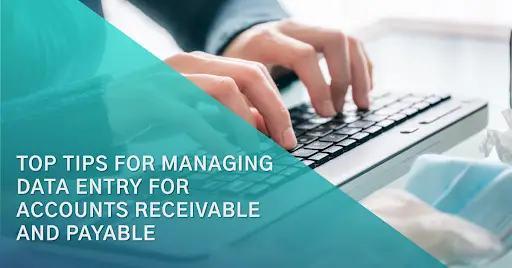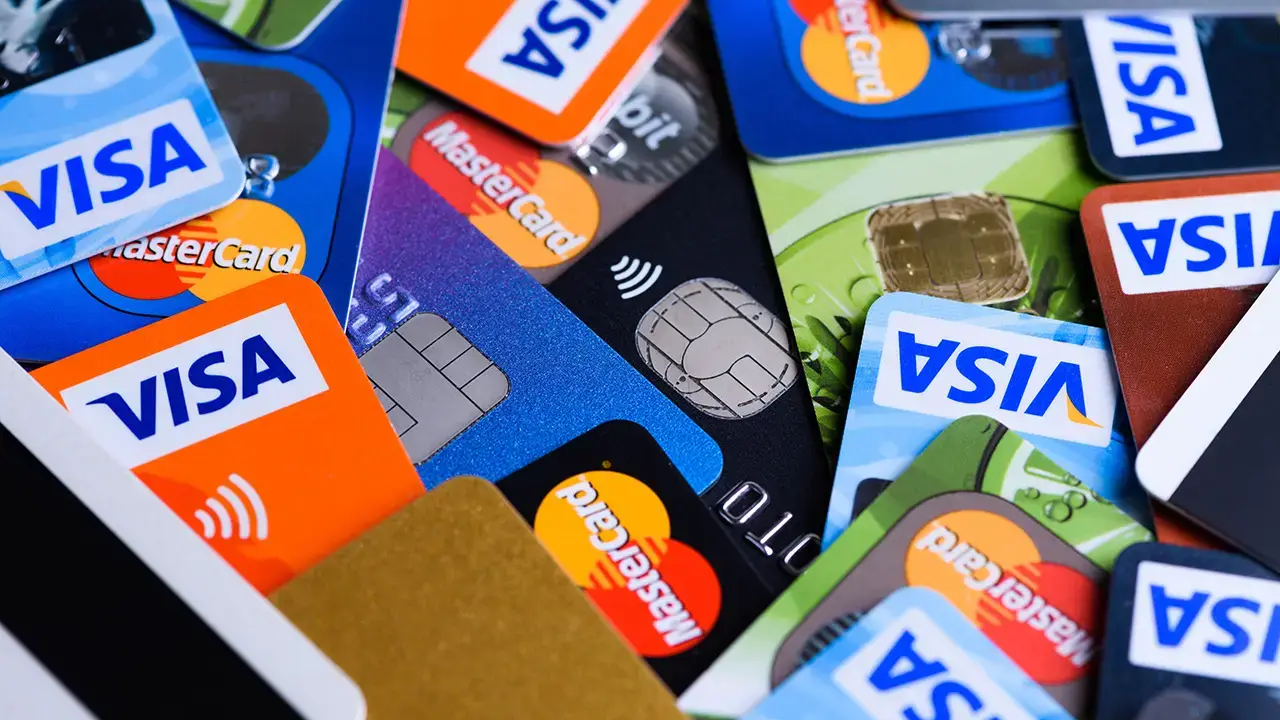Maintaining data accuracy is essential for accounts receivable and payable processes to prevent duplicate payments, incorrect expense allocations, delayed invoice processing, and poor decision-making. However, data entry errors are common when dealing with large amounts of information. Therefore, it is crucial for businesses to effectively manage their data entry tasks, which can help them to:
- Save money
- Improve cash flow management
- Strengthen vendor relationships
- Utilize data better for analysis
- Meet financial and data privacy regulatory requirements
But how to manage data entry effectively? To answer this, we have curated some tips that can help organizations streamline their data management. Let’s get straight to them.
Top data entry tips for accounts receivable & payable
1. Automate invoice processing
Manual data entry can be error-prone and time-consuming, especially when dealing with vast data. By automating the process, businesses can more accurately enter data into their systems based on pre-defined data management guidelines/criteria. The automation software for accounts payable and receivable streamlines the data entry phase during invoicing processing by performing several tasks, such as:
- Scanning the invoices to extract all critical details (invoice number, amount, due date, and vendor information) using OCR technology
- Automatically matching invoices to purchase orders to ensure that payments are received and made for the correct goods or services
- Generating reports on accounts payable & receivable, such as outstanding invoices, payments made, payments received, overdue invoices, and payment terms for real-time tracking
If you have seasonal spikes in invoice volume, an automated solution lets you scale up without having to hire additional employees. Popular giants such as Walmart, Netflix, Uber, and Amazon utilize automated data entry software to process millions of invoices, customer orders, and payments every day.
2. Set clear guidelines for the data entry process
To streamline your data entry process, you need a structured framework with clear guidelines. Start by defining the following aspects for accurate data entry:
- Clear objectives for data entry (what type of data you want to enter and for what purpose)
- Data sources
- Data entry fields
- Methods of data collection
- Quality and format of data
- Tools and resources required for data entry
- Data security measures
Companies serving in multiple locations need to ensure that all invoices go to one centralized point for processing and payment.
By covering all these aspects, organizations can ensure that the process is systematic and supports their goals of improved data integrity and decision-making.
3. Promptly record all invoices and payments
Financial records require immediate attention to process payments on time. If invoices and payments are not recorded promptly, they can pile up and get overlooked/forgotten. Such data when entered in bulk consumes more time. By promptly recording details of invoices and payments, businesses can:
- Reduce data entry errors
- Timely track cash flow & financial status
- Avoid late fees and penalties
- Keep details in financial statements accurate and updated
4. Verify and validate the data
To ensure the integrity and reliability of the recorded data, it is crucial to verify and validate it. Data verification involves checking details for errors as it is being entered into a system to ensure it meets the predefined rules or certain criteria. On the other hand, in data validation, details are reviewed for accuracy and consistency after it has been entered into the system by cross-referencing with external sources or historical records.
Businesses can verify and validate the recorded data for completeness, accuracy, and consistency through:
- 3-way matching process: It involves comparing and verifying the recorded details (suppliers & receivers’ name and address, invoice number & date, item quantity & price, the total amount due, etc.,) of three documents: the invoice, the purchase order, and the receipt.
- Data profiling tools: These tools analyze the entered data to identify incorrect values & outliers and flag them for review.
- Double-entry verification: Also known as a two-pass verification system, it involves entering the same details independently by two different persons and then comparing their entries to identify and correct any errors that may have occurred during the initial entry.
When managing data entry for account receivables and payables, businesses should follow the 1-10-100 Rule for Quality. The rule emphasizes that investing in effective quality assurance or preventive measures at the early stages is always cheaper than working on its correction or recovering from failure. In simple words, it is better to spend $1 on prevention than $10 on correction or $100 on failure.
5. Provide training to your data entry staff
Many businesses are subject to regulations that govern the way they manage their accounts payable and receivable. These regulations can be complex and ever-changing, so it is important that the data entry staff are trained on them to ensure compliance.
In addition to regulatory compliance, training can also help data entry staff to:
- Become familiar with the software and systems used for accounts payable and receivable
- Learn the best practices for data entry
- Develop the skills needed to enter data quickly and accurately
- Avoid making errors that could have financial or legal implications
6. Regularly monitor the data entry processes and outcomes for optimization
Establishing clear workflows and guidelines for data entry is a good start, but it is not enough to ensure the accuracy, completeness, and effectiveness of your data. Businesses also need to monitor their data entry processes and outcomes on a regular basis to identify any areas of improvement and take corrective action.
For seamless monitoring, it’s crucial to centralize payments. If all company payments come from a single account, it’s a lot easier to get a clear overview of the money heading out the door (or coming in).
7. Maintain data security and privacy
Both data security and privacy are crucial to maintain while entering, storing, and managing financial data to safeguard sensitive information. Organizations can implement a variety of measures to protect their data, such as:
- Using VPNs to encrypt data in transit
- Deploying firewalls to protect against unauthorized access
- Encrypting data at rest
- Masking sensitive data
- Implementing access control
- Conducting regular security audits to identify vulnerabilities
In addition to that, organizations must ensure that the sensitive information of individuals or businesses is collected and managed in compliance with data privacy regulations to maintain confidentiality.
8. Leverage third-party data entry service providers to focus on scalability
For growing businesses, data entry outsourcing can be a more viable and cost-effective option than investing time & money in hiring, training, and managing data professionals in-house. By outsourcing accounts receivable & payable processing services to a third-party provider, organizations can gain access to specialized expertise and save their time & resources for other core tasks to scale more efficiently.
When choosing a data entry outsourcing provider, it is important to consider their:
- Proven experience & domain expertise
- Customer reviews
- Compliance with data security and privacy
- Turnaround time
Bonus Tip: Leverage automation and human expertise together to achieve greater efficiency and accuracy
In addition to the above-mentioned tips, we have a bonus tip to help you achieve better accuracy and efficiency in the data entry process for AP and AR. Instead of relying solely on automated data entry software or manual efforts, it is better to utilize both.
Automated data entry software can indeed process vast amounts of data, but it cannot always guarantee a high level of accuracy. Although humans can also make mistakes during the data entry process, they can better identify outliers in the data and manage the process by understanding organizations’ goals & standards. So, harness the capability of them together to streamline data management for your accounts payable & receivable and boost your operational efficiency.












Leave a Reply